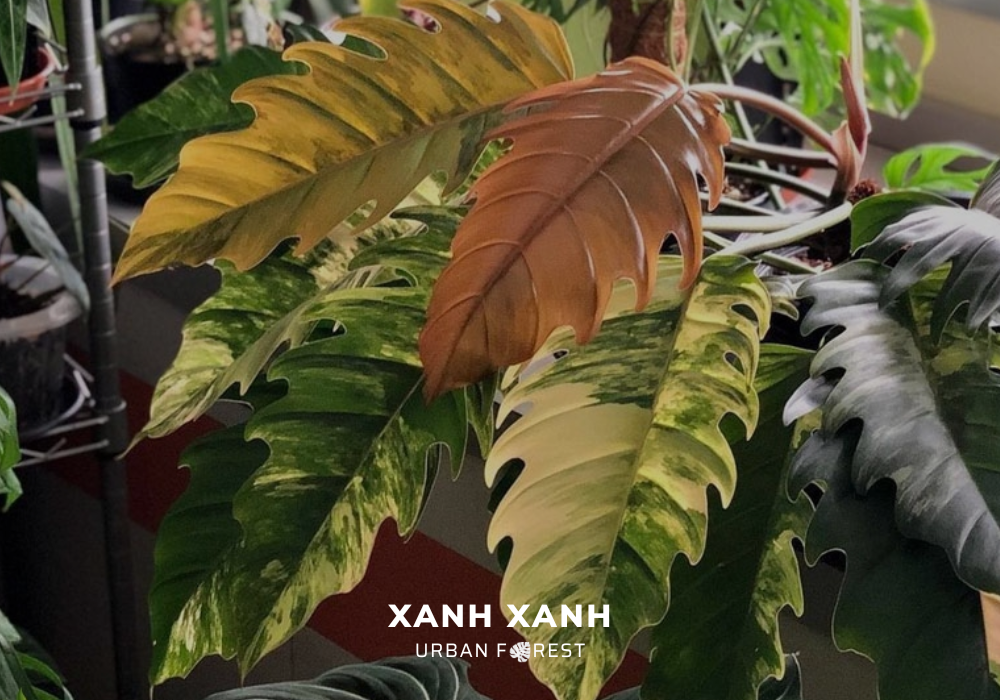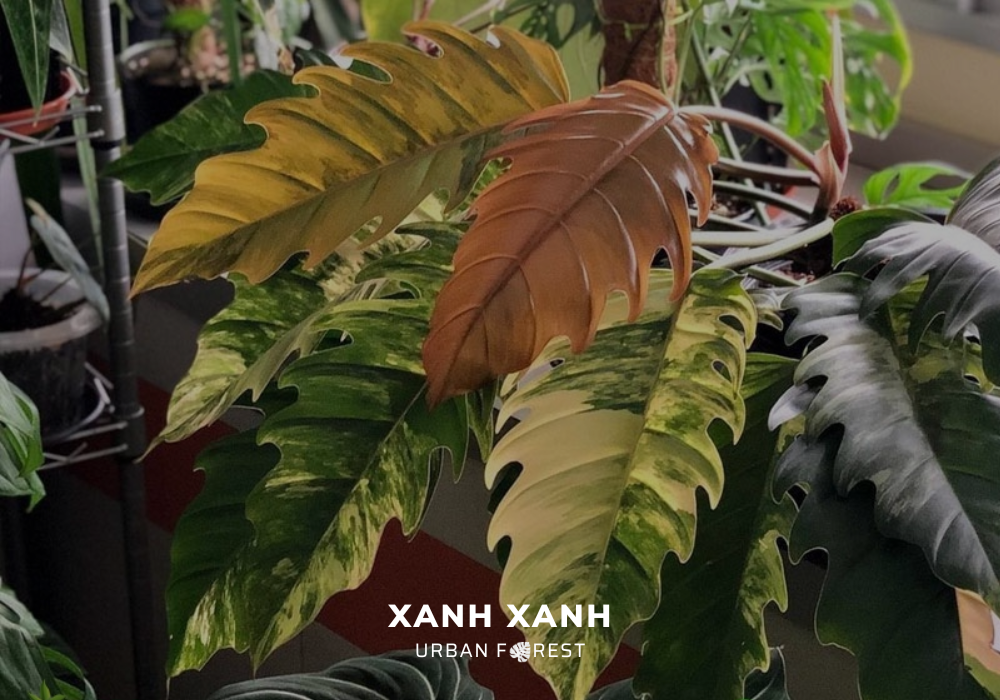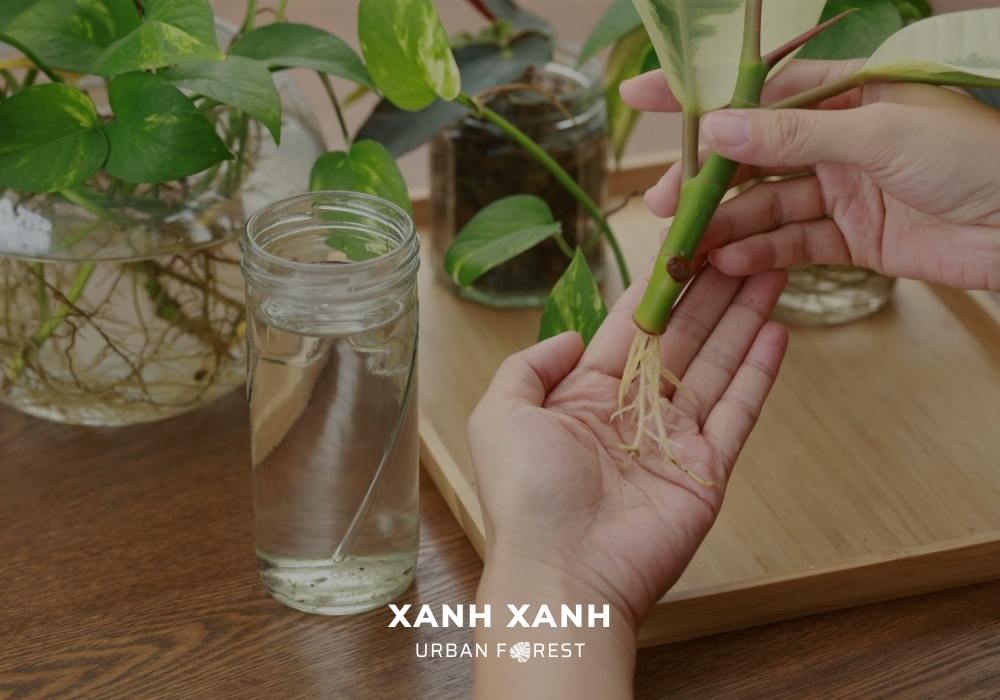Table of Contents
1. Introduction to Philodendron Caramel
- Common name: Caramel Marble Philodendron, Philodendron Caramel
- Scientific name: Philodendron bipinnatifidum ‘Caramel’
- Family: Araceae
- Origin: Colombia and Costa Rica

2. Plant Identification
Because of its remarkable genetic diversity, Philodendron Caramel is regarded as one of the most valuable Philodendrons and is therefore widely sought after by collectors. Its striking leaf diversity, which spans a range of colors from white to pink, sunset orange, and even red, distinguishes it from other plants.
The deep-edged, serrated leaves are glossy and dark green, making for a striking visual statement. Given adequate space, the plant can reach considerable size, with long, slender petioles.
3. Plant Care
3.1. Light
To thrive in various conditions, the Philodendron Caramel requires bright indirect light. They should be placed in a location where they can receive indirect but bright light. The leaves may get burned if you place them in direct sunlight. Without intense light, the plant’s leaves could begin to turn yellow.
A window that faces northward or receives indirect sunlight would be the best location for your Philodendron Caramel. Use plant-spectrum LED lights to complement natural light if the plant is located in an area with not enough sunlight.

3.2. Water
For this plant to be healthy, the soil must be regularly watered. Avoid overwatering the plant and leaving it standing in the water, though.
Insert your finger into the ground to measure the moisture content. If the soil appears to be dry on top of the plant, it will require watering. Your plant may die if you overwater it and its roots rot. Until the drainage holes in the pot are completely filled, generously water your plant in the sink. After draining thoroughly, put the pot back in its saucer.
3.3. Potting mix
This plant can grow and survive best on soil that is high in organic matter. Using a high-quality blend of peat moss, perlite, or vermiculite can help your plant grow quickly and remain healthy.
3.4. Fertilizer
Most plants gain from a monthly fertilizer boost in the spring and summer. It just takes a half-strength dilution for balanced liquid fertilizers. Fertilizer solution should be used to give your plant nutrition when you water it. Rinse the pot with plain water after fertilizing to prevent fertilizer buildup.
3.5. Temperature
Philodendrons are tropical plants, therefore they are unable to survive the cold temperatures. The ideal temperature range for Philodendron caramel is between 60°F and 85°F. At this temperature, the majority of Philodendrons develop most rapidly. The temperature of the environment should remain above 22°C (72°F), which is enough for the Philodendron Caramel to thrive, even if you must keep it colder for a comfortable living area.
Keep the surroundings’s temperature above 60°F. Your plant will suffer significant harm from low temperatures.
3.6. Humidity
This type of Philodendron is tropical in nature, as previously indicated, and it thus likes damp conditions.
It is therefore necessary to use a humidifier or lay a tray of water close to the plant if you are staying in a dry area in order to maximize the humidity surrounding it. The long-term freshness of the plant will result from this.

4. Common Problems
Although it requires very little care, the Philodendron Caramel is nevertheless prone to a few frequent issues. The following are some typical issues that you can run into with your Philodendron:
Pests: Despite its resistance to most pests, Philodendron Caramel is vulnerable to mealybugs, spider mites, and scale. Both the plant and other plants in your house may sustain harm from these pests to their leaves and stems.
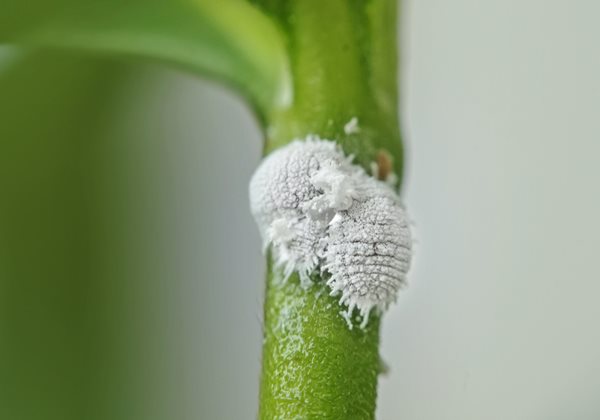
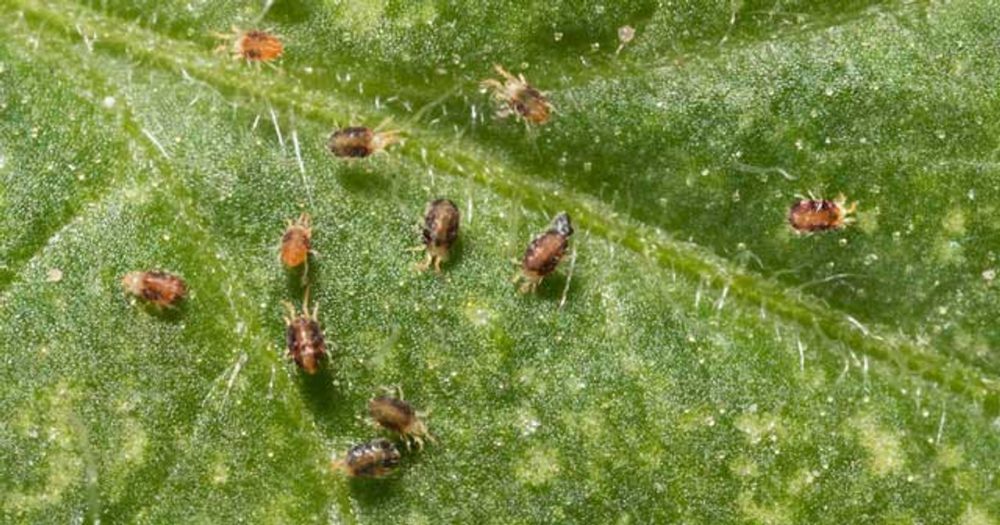

Diseases: Two conditions that can harm Philodendron Caramel plants are leaf spot and root rot. These ailments may eventually cause the plant to die, harming its roots and leaves in the process.
5. Final thought
The Philodendron Caramel is a gorgeous low-maintenance plant that can bring a tropical charm to any space. You may help your plant grow and thrive for years to come by following the advice in this article.
Read more: Philodendrons: The Easy-to-Grow Houseplant That Will Add Beauty to Your Home
Xanh Xanh Urban Forest hopes that you found this blog article to be useful and educational. Please use the following to contact us with any questions:

